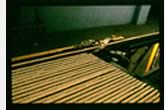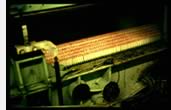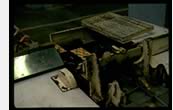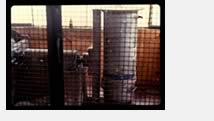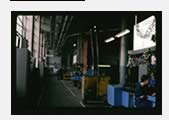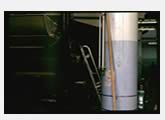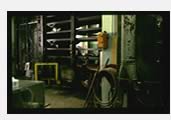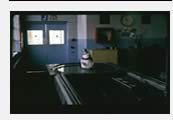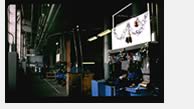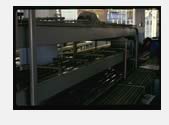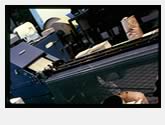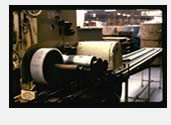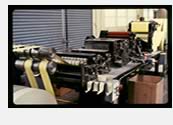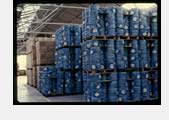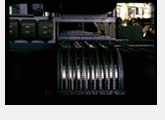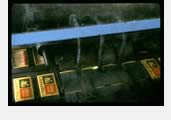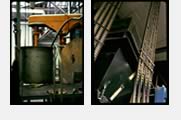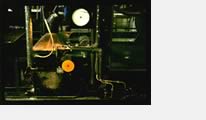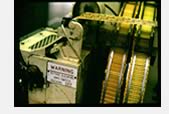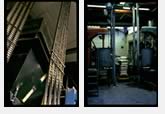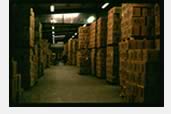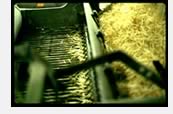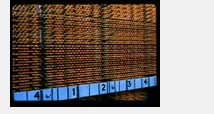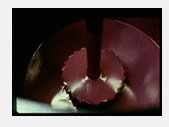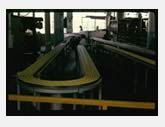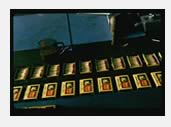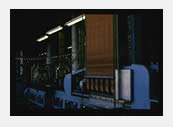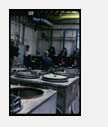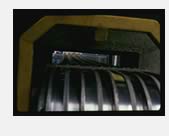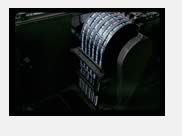December
1985
I had been commissioned to write a book on design aspects of the Match
Industry by Ventura Publishers for whom I had written Cigarette
Pack Art. I was lucky to start just when the company archives
of Bryant & May had been rescued from destruction by Peter Wilkinson
(then Legal Director of the Wilkinson Group).
Bryant & May still had production at Liverpool (Speke) and Glasgow.
Having read extensively breathless accounts of the match manufacturing
process in the press of the first part of the century it was exciting to see
the process at first hand.
There was some reluctance to let me take photographs on site. In the
end I agreed to be discrete with the images. The management were naturally
concerned that some picture might give a false impression to the Health
and Safety Executive.
It was just before Christmas and the machines were decorated with tinsel
and crepe paper. Because of the closure of the Bryant and May factory
at Bow in East London I had missed seeing the whole process of matchmaking.
Here it was, in a mechanical sequence that did not look, at first hand,
as if it had changed since the turn of the century.
The splints now (1985) arrived in large drums ready for separation,
instead of being cut from veneer strip. The boxes were not made at
Speke but were brought in from an outside contractor. Put simply, the
Swan Vesta matches were pulled out of the bath with just the right
amount of pink chemical to the tip and they rose into currents of cooling
air high in the factory. One pre--1939 account describes the process
ending thus, "At the end of an hour they are not only dry and
ready for their boxes, but have arrived almost at the point from which
they started."
 New
image December 2009 New
image December 2009
 New
image December 2009 New
image December 2009
 New
image December 2009 New
image December 2009
 New
image December 2009 New
image December 2009
 B&M,
BOW THE BOX FACTORY C1905 B&M,
BOW THE BOX FACTORY C1905
 B&M,
BOW THE BOX FACTORY C1905 B&M,
BOW THE BOX FACTORY C1905
I hope this
collection of images can be some sort of tribute to those who worked
on site this Christmas in 1985. For the Archives of Bryant and May,
consult the Hackney Public Library.
 From Archibald Williams, How it is Made, 1917 Nelson. From Archibald Williams, How it is Made, 1917 Nelson.
 FROM A CHILDREN'S
ENCYCLOPEDIA, C1935 FROM A CHILDREN'S
ENCYCLOPEDIA, C1935
|





